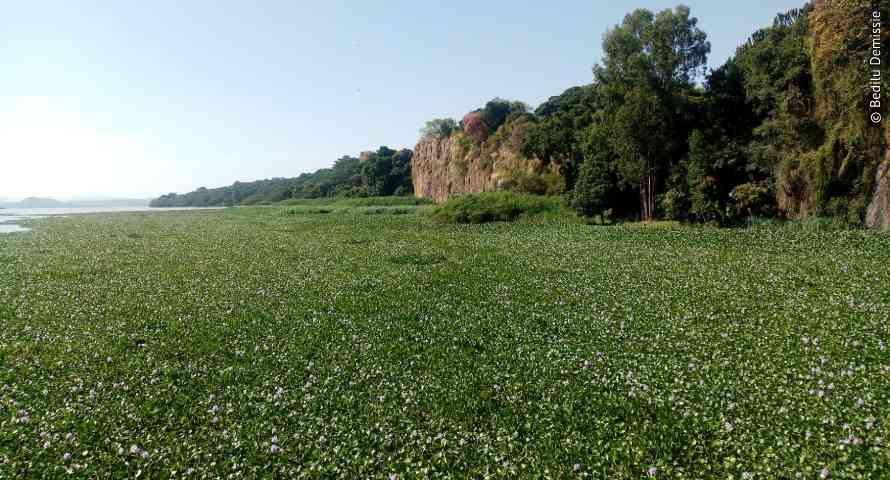Integrated sustainable management of the water hyacinth in Lake Tana, Ethiopia


Lake Tana, Ethiopia’s largest freshwater reservoir and a UNESCO Biosphere Reserve, is heavily infested by water hyacinth, affecting over 30,000 hectares. This invasive plant poses major social, economic, and environmental challenges for the more than 3 million people living in the watershed. A 4-year biorefinery and bioenergy research program is underway, led by UM6P and OCP partners, in collaboration with Ethiopian institutions.
• Lake Tana is the first reservoir of fresh water in Ethiopia. • In 2015, the Lake Tana region was nominated as a UNESCO Biosphere Reserve. • More than 3 million people live in the Lake Tana watershed. • The lake has been infested by the Water Hyacinth plant, which occupies about 30,000 (ha). • The spread of water hyacinth is a major challenge in Ethiopia, causing social, economic, and environmental impacts.